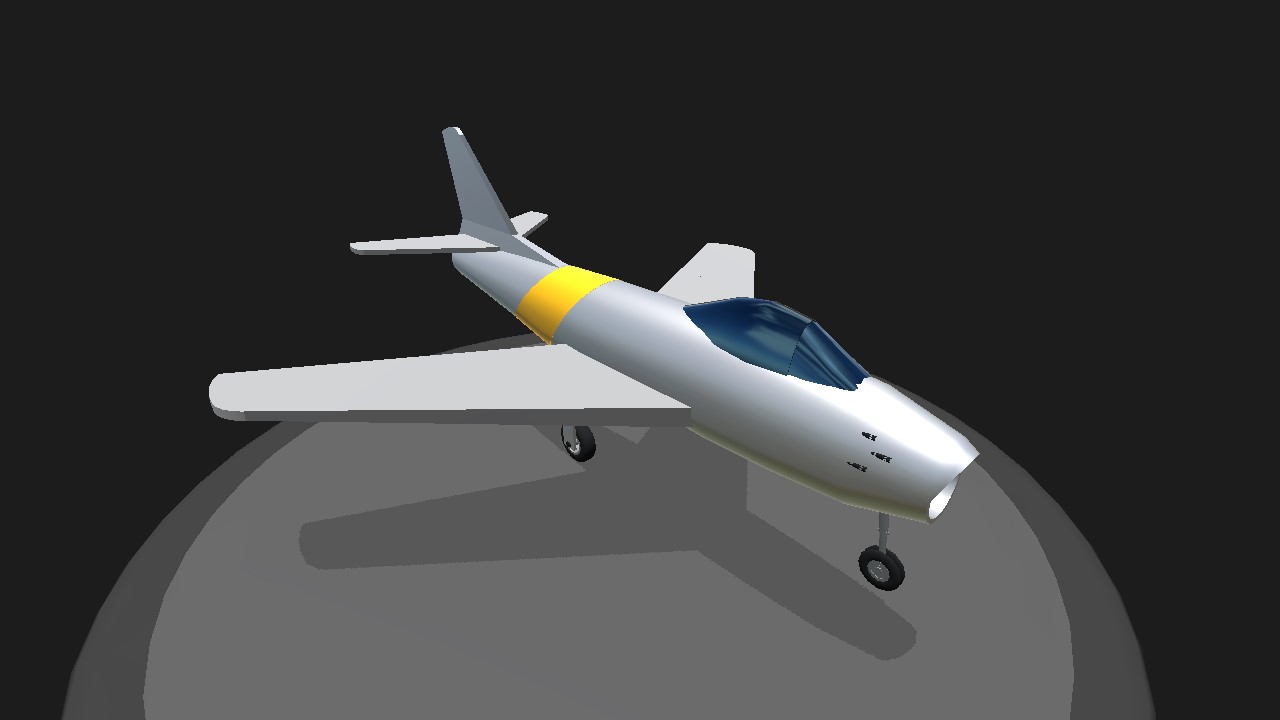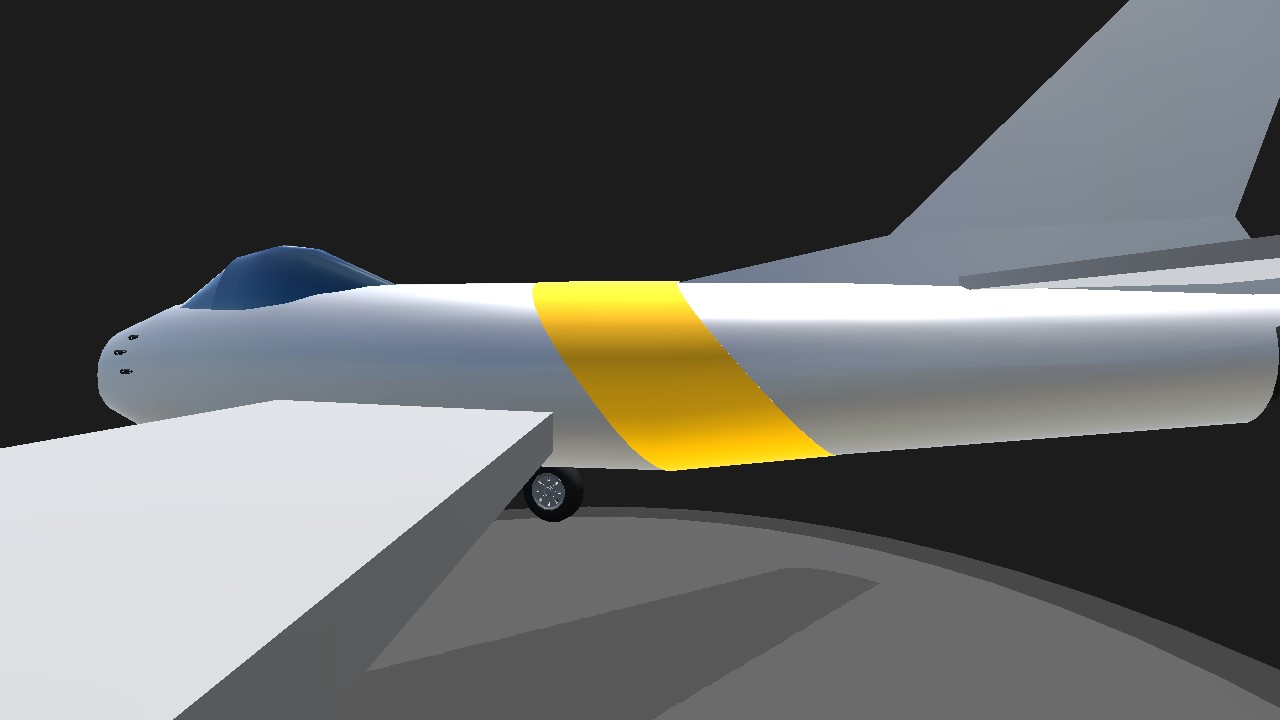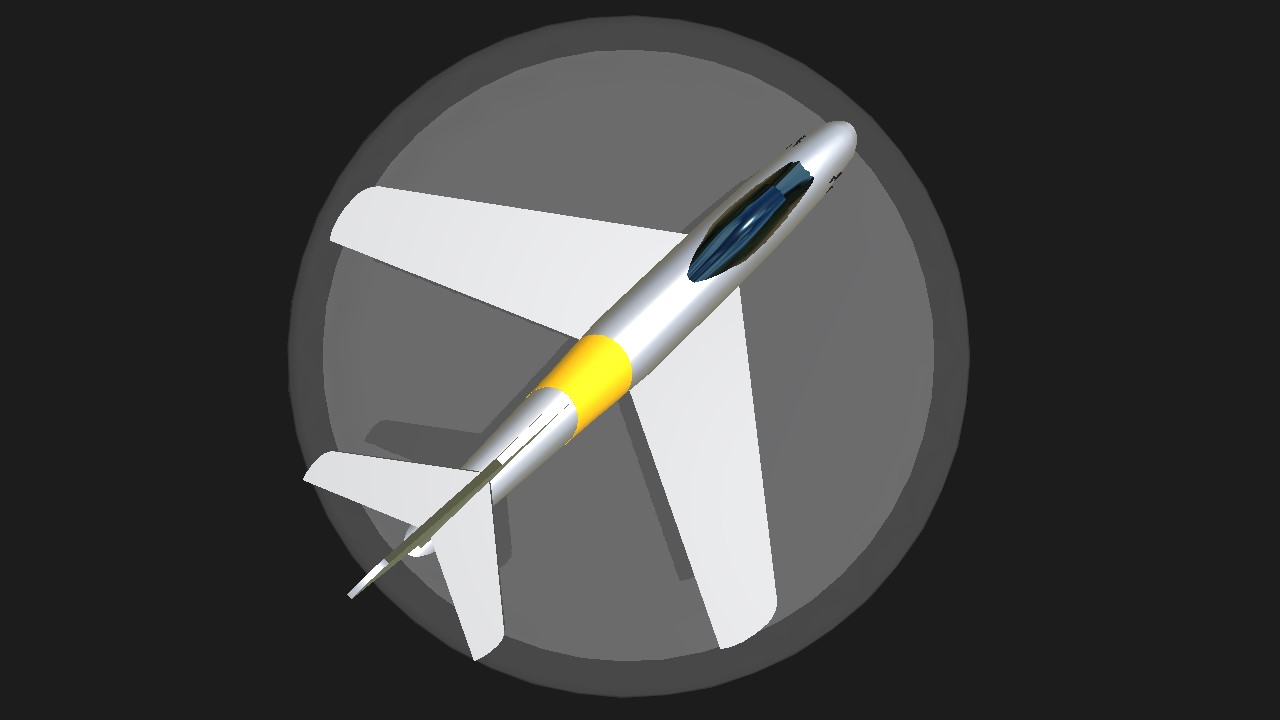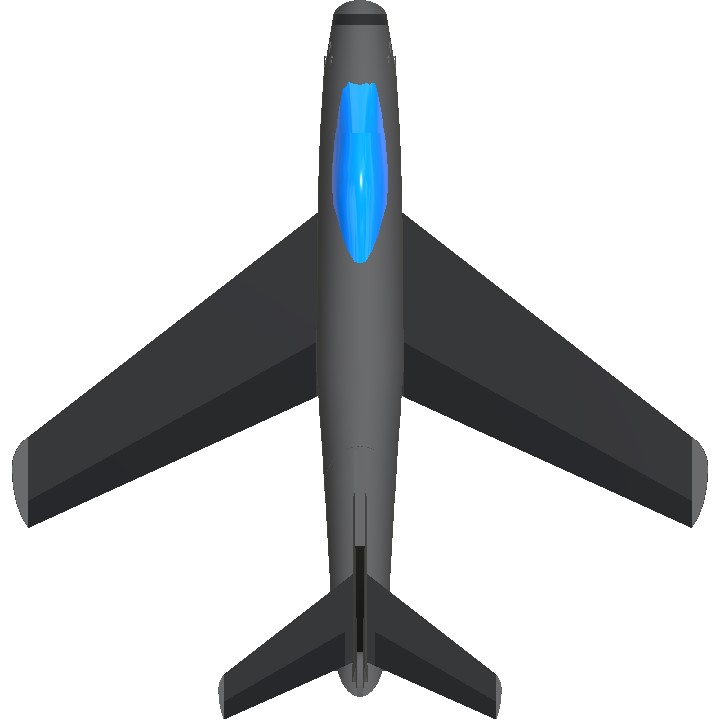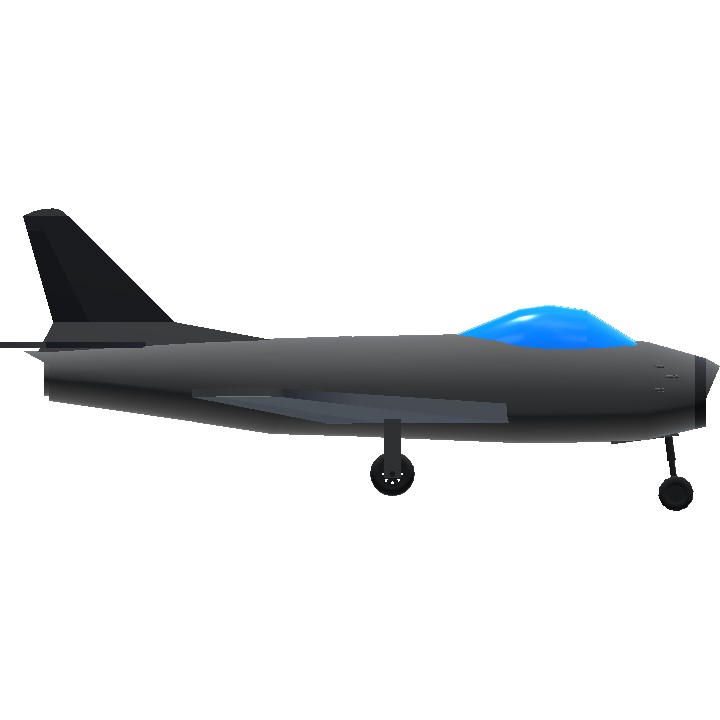North American F-86 Sabre
The North American Aviation F-86 Sabre is arguably one of the most iconic and influential jet fighters of the Cold War era, famed for its pivotal role in the Korean War and its pioneering contributions to jet fighter design. More than just a pretty airplane, the Sabre represented a leap forward in American aviation technology, showcasing swept-wing aerodynamics and laying the foundation for generations of fighter aircraft to come.
The Sabre's origins lie in the immediate post-World War II era, a time of rapid advancement in aviation technology driven by captured German research and the urgency of the burgeoning Cold War. North American Aviation, leveraging knowledge gained from the P-51 Mustang and early jet engine designs, began development of a jet fighter designated the NA-140. Early designs were based on straight wings, but the crucial discovery of German research on swept wings prompted a radical redesign. Swept wings, angled back relative to the fuselage, offered significant improvements in critical Mach regime performance, reducing drag and delaying the onset of compressibility issues that plagued early jet fighters.
The F-86's most distinctive feature is its 35-degree swept wing. This enabled the aircraft to approach and even exceed the speed of sound, something straight-winged jets of the time struggled with. The initial version, the F-86A, was powered by a General Electric J47 turbojet engine, providing significant thrust. However, the aircraft went through numerous iterations. Later variants, such as the F-86F, featured more powerful J47 engines and aerodynamic improvements like the "6-3" wing, which enhanced maneuverability at higher speeds but slightly reduced low-speed performance. This illustrates the constant trade-offs inherent in aircraft design.
The cockpit, initially cramped, was improved in later models to provide better visibility. Armament typically consisted of six .50 caliber M3 Browning machine guns mounted in the nose, a devastating concentration of firepower against enemy aircraft. These machine guns were typically fitted with a radar-ranging gunsight, a key advantage in dogfights. Later versions of the F-86 were also armed with air-to-air missiles, though their primary role remained air superiority.
The F-86's fame rests primarily on its performance in the Korean War (1950-1953). The sudden appearance of the Soviet MiG-15, a swept-wing fighter far superior to the straight-winged U.S. fighters then in service (like the F-80 Shooting Star and F-84 Thunderjet), caught the United States and its allies off guard. The MiG-15, with its powerful Klimov VK-1 engine (a copy of the Rolls-Royce Nene) and heavy armament (a 37mm and two 23mm cannons), could outclimb, out-accelerate, and generally outperform the early American jets.
The introduction of the F-86 Sabre dramatically changed the balance of power in the skies over Korea. While the MiG-15 held some performance advantages at higher altitudes, the F-86 was often superior in maneuverability, particularly at lower altitudes. More importantly, US pilots were generally much better trained with more combat experience than their North Korean and Chinese opponents.
The resulting air battles became legendary, with U.S. pilots claiming a significant kill ratio against the MiG-15. While the exact figures are debated, the F-86 is generally credited with achieving a kill ratio of somewhere between 6:1 and 10:1 against the MiG-15. This success was attributed to a combination of factors: the F-86's superior pilot training, its radar-ranging gunsight, and its maneuverability at lower altitudes. The Sabre proved to be an extremely forgiving aircraft for its pilots, who can withstand great amount of G-forces during dogfights. The Sabre forced the communist forces to fly over "MiG Alley" which the Sabre aircraft could guard and defend the United Nation forces on ground easier.
Beyond the Korean War, the F-86 was widely exported to numerous countries around the world, serving in air forces across Europe, Asia, and Latin America. It saw combat in various regional conflicts, solidifying its reputation as a reliable and effective fighter.
The F-86 Sabre holds a prominent place in aviation history. It was not only a successful fighter aircraft but also a symbol of American technological prowess and a key factor in containing communist aggression during the Cold War. Its design influenced the development of future generations of fighter aircraft, and its combat record cemented its place as a legend of the skies.
Possible Aircraft Nicknames:
"Sabre Jet": The name emphasizes the fact that the aircraft is a jet engine powered fighter.
"MiG Killer": This derives from the F-86's air combat record in Korea; A testament to its success in dogfights against the Soviet MiG-15 during the Korean War, this nickname emphasizes its dominance in aerial combat.
"The Hun": This isn't exclusive to F-86 but this could be one of many fighter aircraft nicknames that uses "the Hun" that references German aircraft
"Sweptwing Wonder": A general name referring to the F-86's swept wing design, revolutionary swept-wing design, which was key to its superior performance.
"Sky Blade": A more dramatic nickname emphasizing the F-86's sharp appearance, and so the turn rate. Also reflecting its sleek, blade-like design and its ability to "cut through" enemy defenses.
"The Grey Ghost" or "Silver Sabre" : Could be used to describe an F-86 with a grey, white paint scheme, or sometimes shiny, polished aluminum finish in many configurations, these nicknames highlights both its appearance and cutting-edge capability.
"Sabre Dancer" : Inspired by its agility and maneuverability in dogfighting scenarios, this nickname has a poetic ring that enthusiasts enjoy.
"The Korean Avenger": A more descriptive nickname, reflecting the F-86's role in the Korean War.
"Jet Mustang" : A nod to its lineage and/or aircraft design silhouette connection, as the F-86 was developed by North American Aviation, the same company responsible for the former P-51 Mustang.
"Mach Ace" : A nickname referring to its status as one of the first jet fighters capable of approaching the speed of sound.
"Old Salty": A nickname for older aircrafts with a lot of usage within its fleet.
- About the variant
F-86F (aka Canadair Sabre Mk.5 (F.5))
Uprated engine and larger "6–3" wing without leading-edge slats, 2,239 built; North American model NA-172 (F-86F-1 through F-15 blocks), NA-176 (F-86F-20 and -25 blocks), NA-191 (F-86F-30 and -35 blocks), NA-193 (F-86F-26 block), NA-202 (F-86F-35 block), NA-227 (first two orders of F-86F-40 blocks comprising 280 aircraft that reverted to leading-edge wing slats of an improved design), NA-231 (70 in third F-40 block order), NA-238 (110 in fourth F-40 block order), and NA-256 (120 in final F-40 block order); 300 additional aircraft in this series assembled by Mitsubishi in Japan for Japanese Air Self-Defense Force. Sabre Fs had much improved high-speed agility, coupled with a higher landing speed of over 145 mph (233 km/h). The F-35 block had provisions for a new operational role: the tactical nuclear attack using newer, smaller, and lighter nuclear weapons ("second generation" nuclear ordnance). The F-40 had a new slatted wing with a slightly higher span, resulting in a slight decrease in speed, but also much better agility at both high and low speeds and a reduced landing speed of 124 mph (200 km/h). The USAF upgraded many previous F versions to the F-40 standard. One E and two Fs were modified for improved performance via rocket boost.
Meanwhile the Canadair Sabre Mk.5 is the variant derived from F-86F series but "Orenda-swapped" (refitted with Orenda jet engine). 370 built (295 to RCAF, 75 to FRG Luftwaffe)
C O N T R O L S
Trim : Flaps, cruising 'rotate' adjuster
VTOL : Further flaps
Specifications
General Characteristics
- Created On Android
- Wingspan 37.8ft (11.5m)
- Length 39.1ft (11.9m)
- Height 16.5ft (5.0m)
- Empty Weight 5,974lbs (2,710kg)
- Loaded Weight 10,276lbs (4,661kg)
Performance
- Power/Weight Ratio 0.348
- Wing Loading 28.4lbs/ft2 (138.8kg/m2)
- Wing Area 361.6ft2 (33.6m2)
- Drag Points 1020
Parts
- Number of Parts 50
- Control Surfaces 7
- Performance Cost 340

